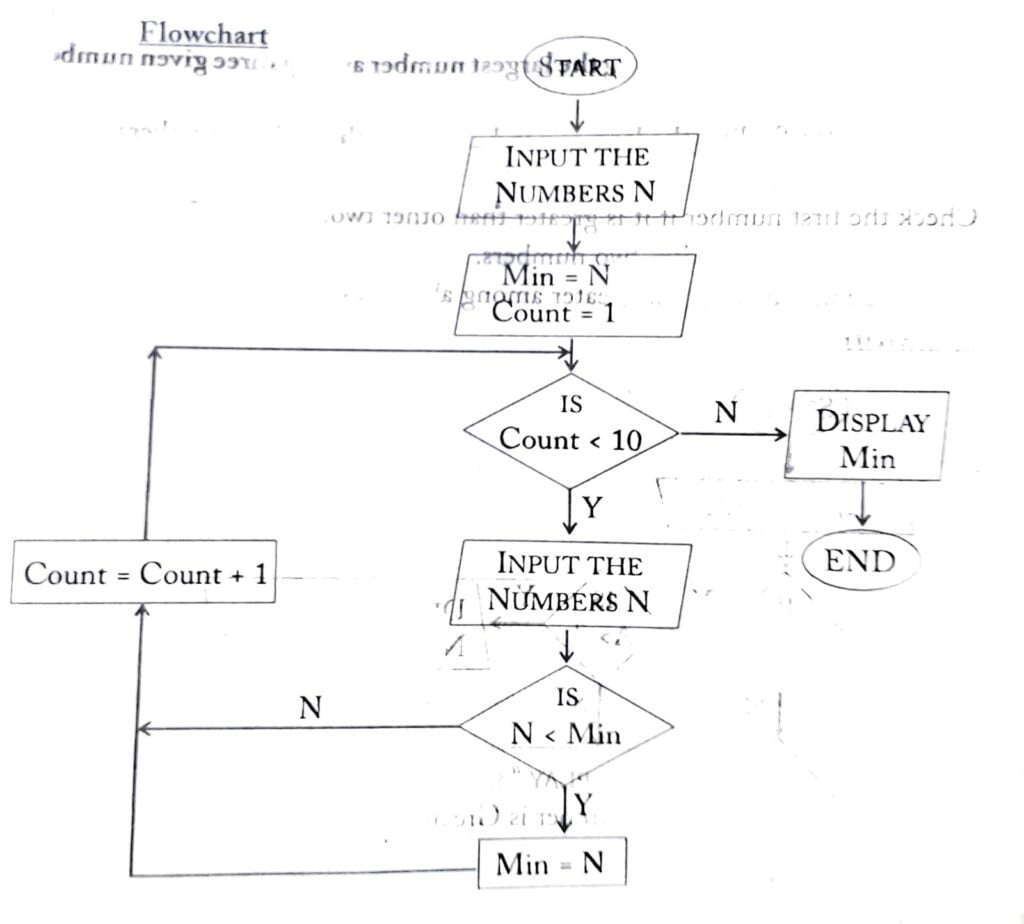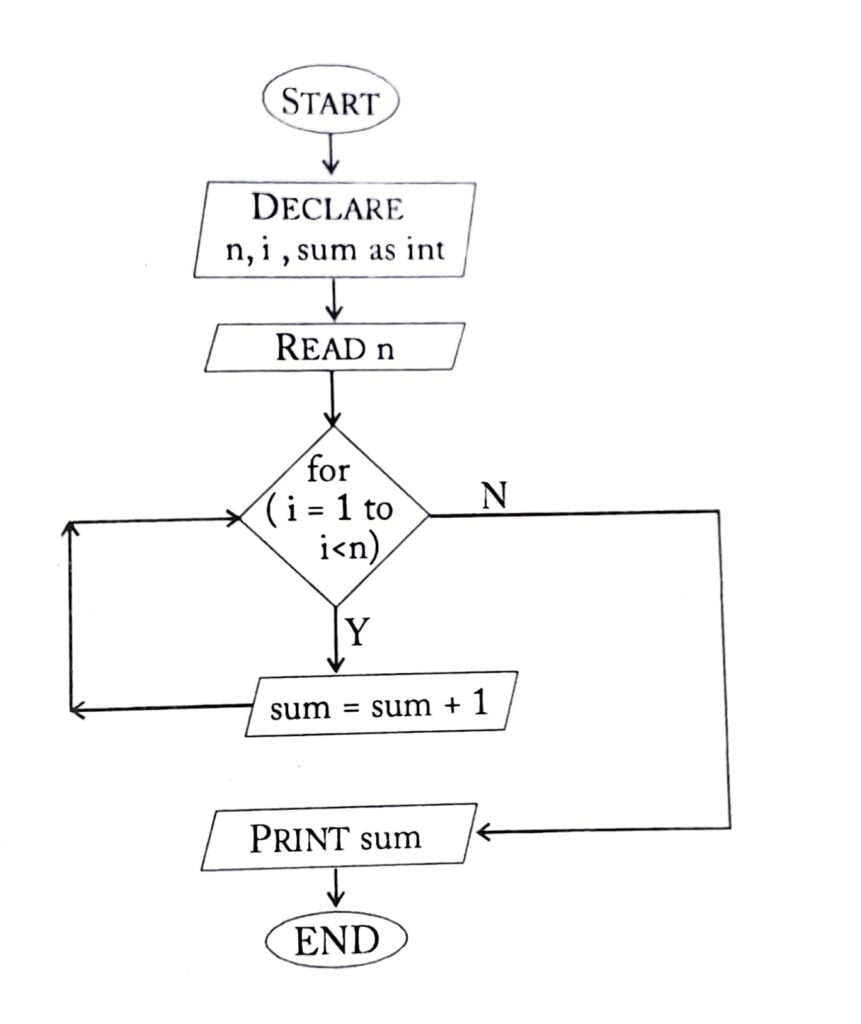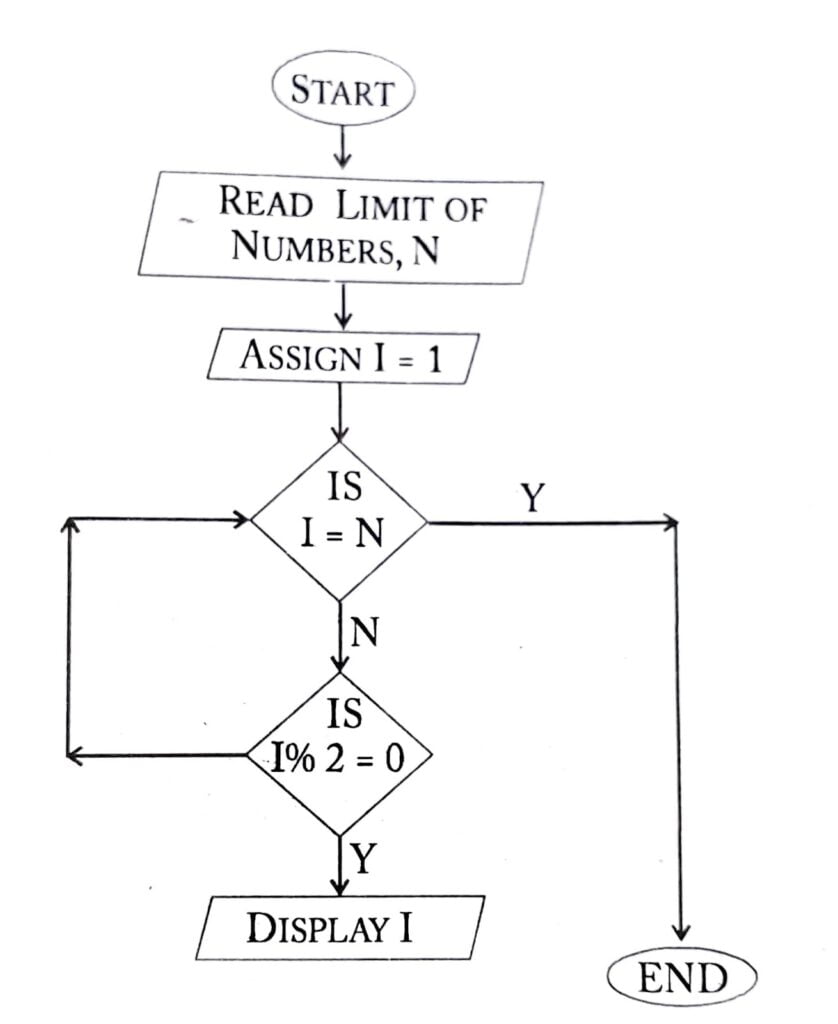Class 9 Computer Science Chapter 7 Coding and Its Importance Question Answer, Computer Science Class 9 Solutions, NCERT Class 9 Computer Science Chapter 7 Coding and Its Importance for each chapter is provided in the list so that you can easily browse throughout different chapters SCERT Class 9 Computer Science Chapter 7 Coding and Its Importance and select needs one.
Class 9 Computer Science Chapter 7 Coding and Its Importance
Also, you can read the SCERT book online in these sections Solutions by Expert Teachers as per SCERT (CBSE) Book guidelines. NCERT Solution of Class 9 Computer Science Chapter 7 Coding and Its Importance is part of AHSEC All Subject Solutions. Here we have given Class 9 Computer Science Chapter 7 Coding and Its Importance Notes for All Subjects, You can practice these here in SEBA Class 9 Computer Science.
Coding and Its Importance
Chapter – 7
COMPUTER SCIENCE
TEXTUAL QUESTIONS AND ANSWERS
OBJECTIVE TYPE QUESTIONS
1. Fill in the blanks.
(a) ISA stands for _____.
Ans. Instruction Set Structure.
(b) Programming is also known as ____.
Ans. Coding.
(c) The rules and regulations of a computer programming language is known as _____.
Ans. syntax.
(d) In machine language, computer programs are written using only ____numbers.
Ans. 0s and 1s .
(e) In drawing flowchart, ____ is used for input/output operation.
Ans. Parallelogram.
DESCRIPTION TYPE QUESTIONS
2. Short answer questions.
1. How do we write programs in assembly level language?
The expression a = b+c can be a statement of which type of programming languages?
Ans. Assembly-language programs have to be written in terms of the specific processor’s instruction set and architecture, such as its CPU registers, memory locations, and input/output device registers.
The expression a = b+c is a high-level language.
2. Name the two basic ingredients if we want to write a computer program for solving a problem.
Ans. Algorithm and flowchart are the two basic ingredients used to write computer programs.
3. Why is it easier for a human being to write programs in high-level language than in machine-level language?
Ans. High-level languages are easier to read, write and maintain and are closer to the human language, while low-level language or machine language consists of binary code and is the only language understood by computers. So, it is easier to write programs in a high-level language than in machine language.
3. Long answer questions.
1. Define the term programming. Write the importance of computer programming.
Ans. A programming language is a set of instructions written by a programmer to deliver instructions to the computer to perform and accomplish a task. Some of the programming languages are C, C++, Java, etc.
Computer programming helps us to find a sequence of instructions that will automate the performance of a task on a computer, often for solving a problem. It has enabled us to conduct research, design new products, and services, manage our finances, communicate with others around the World, and much more.
2. Explain the importance of the compiler in program execution.
Ans. The purpose of a compiler is to ensure that the programmer’s intentions are correctly translated into a form that the computer can understand. Code written in a high-level programming language, such as Python or Java, must first be converted into machine language before it can be run on a computer
3. Differentiate between algorithm, flowchart and pseudocode are:
| Sl. No. | Algorithm | Flowchart | Pseudocode |
| 1 | Sequence of instruction to solve the Particular Problem | Pictorial Representation of algorithm | Sequence of instruction to solve the Particular Problem |
| 2 | An algorithm is a sequence of steps that are utilised in order to solve a computational problem. | A flowchart is a graphical representation of an algorithm. | It is a simpler version of a programming code in plain English which uses short phrases to write code for a program before it is implemented in a specific programming language. |
| 3 | Sequence of instruction to solve the Particular Problem | Pictorial representation of algorithm using standard symbols. | Rules of structured design & programming. |
4. Problem Solving and algorithm design questions.
1. Draw a flowchart to find the large number from two given numbers.
Ans.

2. Write a solution strategy for finding the largest number among three given numbers. Draw a flowchart for the same.
Ans. Solution strategy for finding the largest number among three given numbers.
1. Start
2. Input A,B,C
3. If (A>B) and (A>C) then print “A is greater”.
Else if (B>A) and (B>C) then print “B is greater”.
Else print “C is greater”.
4. Stop
Flowchart

3. Design an algorithm to find the smallest of N given numbers. Write a pseudo code for the same. Draw a flowchart to represent the solution strategy.
Ans. Algorithm:
START
Step 1 Create an array A and fill it with values.
Step 2: Declare the smallest as an integer.
Step 3: Change the smallest to 0.
Step 4: Repeat for each value of A.
Step 5 If A[n] is the smallest, assign A[n] to the smallest.
Step 6: When the loop is finished, display the smallest as the array’s smallest element.
Pseudocode:
Input: An array $A[~]$ and size of array $n$
Output: smallest element in $A[~]$
1. Procedure smallestInArray($A[~]$, $n$):
2. $min \leftarrow A[0]$
3. Repeat for $i \in [0, n – 1]$:
4. If $min > A[i]$:
5. $min = A[i]$
6. Return $min$
7. End Procedure
Flowchart

4. Write a solution strategy for finding the greatest common divisor of two numbers.
Ans. Flowchart

5. Write pseudocode for finding the summation of N given numbers. Draw a flowchart for the same.
Ans. Pseudocode:
Step1: Int i n t, num, s = 0.
Step 2: input num.
Step 3: i = 0.
Step 4: do s = s + i. i =i + 1.
Step 5: Print sum.
Step 6: End
Output: sum
Flowchart:

6. Write a solution strategy for arranging three numbers in ascending order of their values. Draw a flowchart for the same.
Ans. 1. Call the three variables x, y, and z.
2. If (x>y), swap (x,y).
3. If (y > z), swap (y,z).
4. If (x > y), swap (x,y).
5. Print the numbers.
Flowchart:

7. Write pseudocode to announce all the even numbers from a given set of numbers. Draw a flowchart for the same.
Ans. Pseudocode:
Step 1: Int n, i
Step 2: counter = a
Step 3: for counter = n to counter = i
Step 4: print (counter);
Step 5: counter = counter + 2
Step 6: end;
Flowchart:


Hi, I’m Dev Kirtonia, Founder & CEO of Dev Library. A website that provides all SCERT, NCERT 3 to 12, and BA, B.com, B.Sc, and Computer Science with Post Graduate Notes & Suggestions, Novel, eBooks, Biography, Quotes, Study Materials, and more.



Very Well written